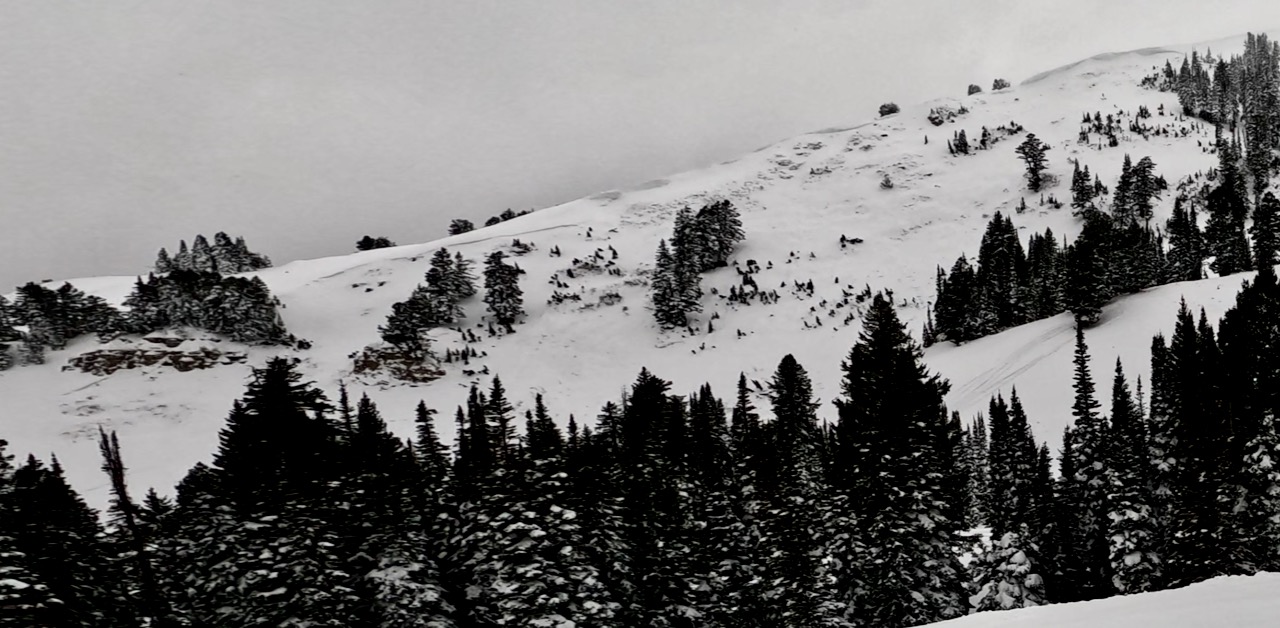Forecast for the Logan Area Mountains

Issued by Toby Weed on
Tuesday morning, January 23, 2024
Tuesday morning, January 23, 2024
The January snow is deep and hard, and the avalanche danger is MODERATE at upper elevations in the Central Bear River Range. The danger is elevated, and people could trigger dangerous slab avalanches up to four feet deep and a couple hundred feet wide, failing on a buried persistent weak layer, especially in shallow rocky terrain. A CONSIDERABLE danger persists, and human-triggered avalanches are likely in outlying areas where the January snow is shallower, like in the Wellsville Range, above Bear Lake, the Logan Peak Area, and on many mid and lower-elevation slopes.
Careful snowpack evaluation, cautious route finding, and conservative decision-making are essential for safe backcountry travel today.

Low
Moderate
Considerable
High
Extreme
Learn how to read the forecast here



 A large natural avalanche that most likely occurred on Thursday, 1-18-24 was observed on Saturday in Three Terraces in upper Providence Canyon.
A large natural avalanche that most likely occurred on Thursday, 1-18-24 was observed on Saturday in Three Terraces in upper Providence Canyon.
